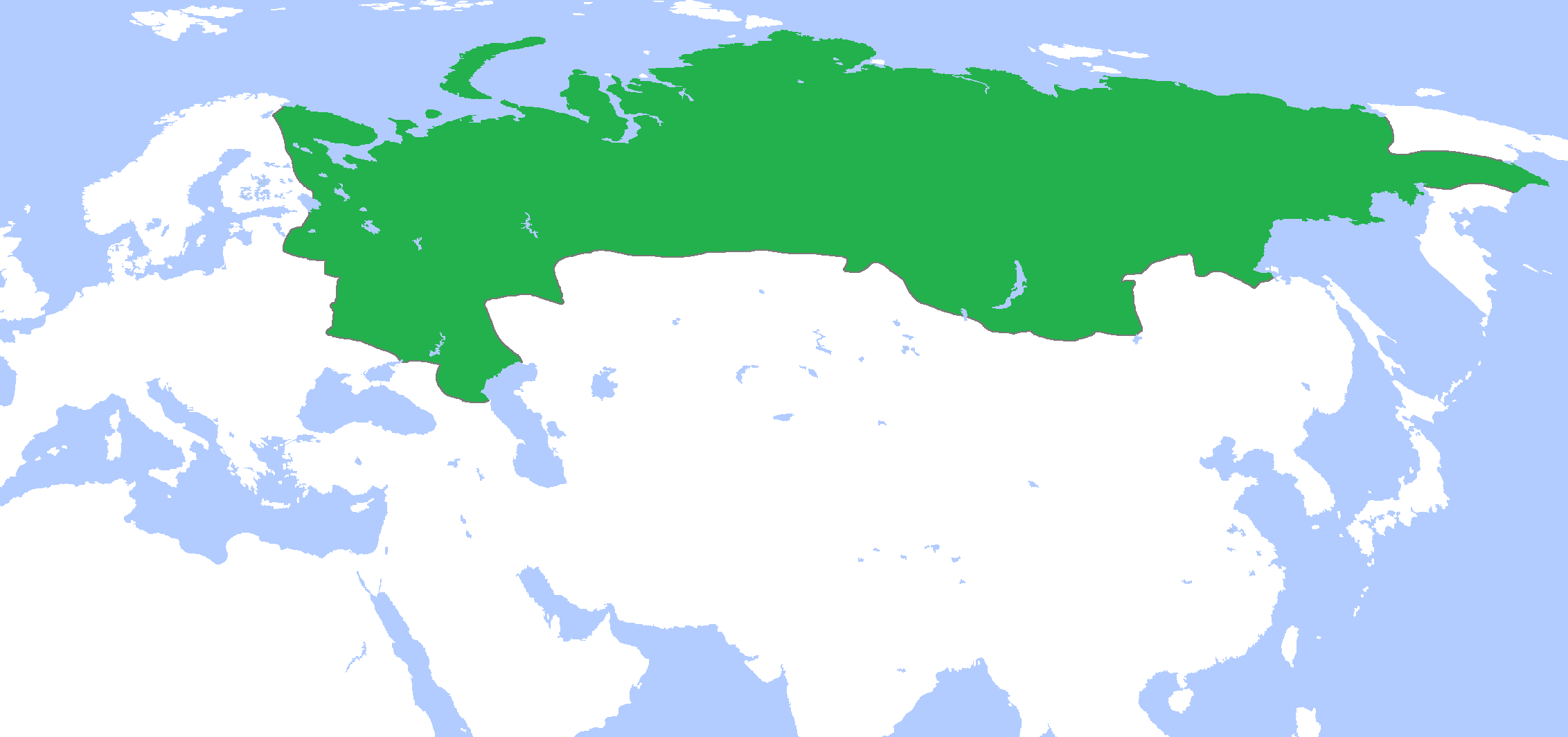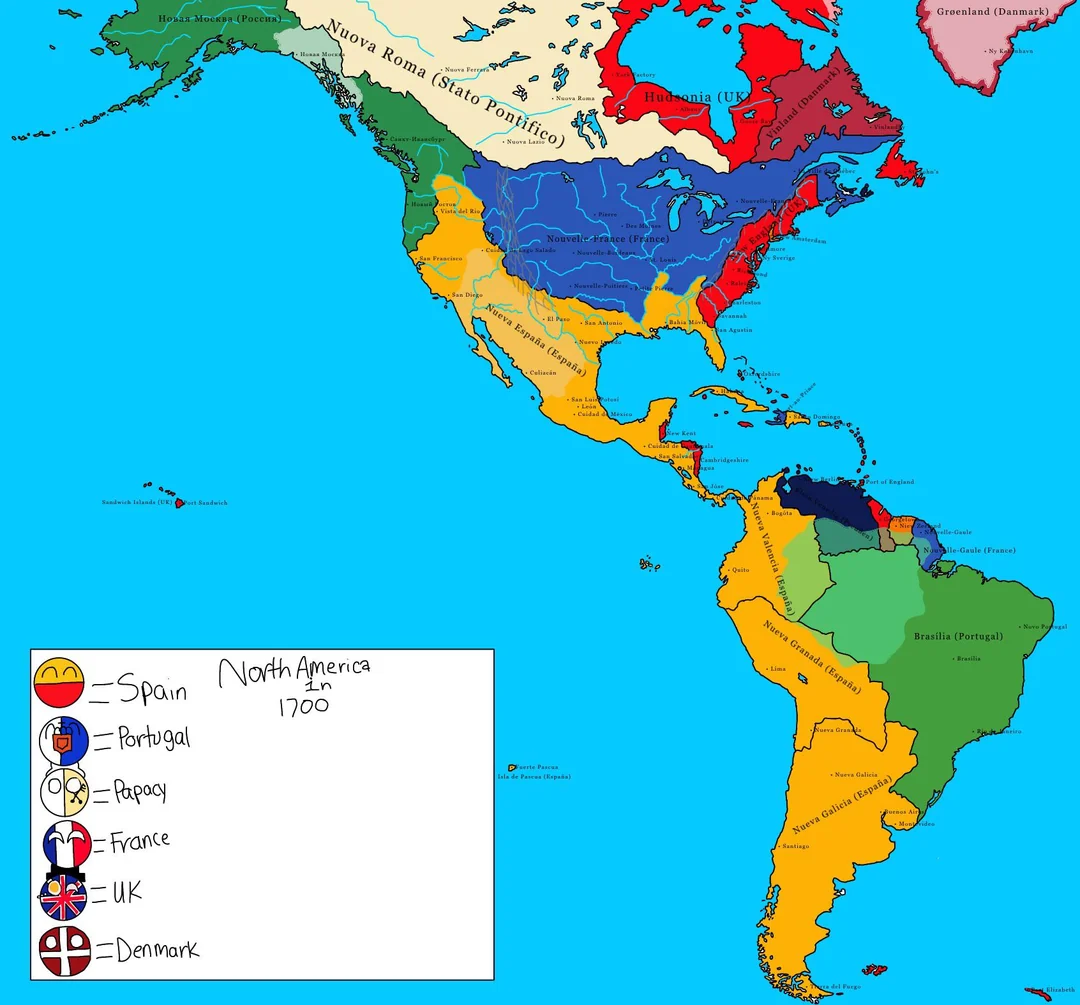
Splendor and Legacy: Unraveling the Grand History of the Mughal Empire in the Indian Subcontinent
Introduction:
Welcome to our historical journey through the fascinating world of the Mughal Empire! A dynasty that once graced the Indian subcontinent with its grandeur and cultural richness, the Mughals left an indelible mark on India’s history and heritage. From the brave conquests of Babur to the architectural marvels of Shah Jahan, their reign remains a captivating chapter that continues to resonate with the world. So, let’s embark on this enchanting quest to explore the rise, golden age, and ultimate decline of the Mughal Empire, uncovering the legacy it bestowed upon us.

Section 1: Babur’s Triumph and the Birth of the Mughal Empire Our journey begins with the intrepid Babur, a descendant of Timur and Genghis Khan, who had a vision of carving a powerful empire in the Indian subcontinent. With remarkable military prowess, he conquered Delhi in the First Battle of Panipat in 1526, setting the stage for the Mughal Empire’s inception. Babur laid the foundation of Mughal rule with his visionary leadership, marking the dawn of a new era.
Section 2: Akbar’s Golden Age: Tolerance, Expansion, and Prosperity As the baton passed to Akbar, the empire entered its golden age. Akbar, known for his magnanimity and cultural tolerance, fostered a remarkable environment of unity amidst diversity. His policy of religious tolerance allowed for a cultural fusion that saw the blossoming of art, literature, and architecture. Administrative reforms implemented during Akbar’s reign had a lasting impact, establishing an efficient and robust governance structure.

Section 3: Architectural Marvels and Cultural Renaissance No discussion about the Mughal Empire would be complete without marveling at its breathtaking architectural achievements. The era witnessed the creation of timeless wonders like the ethereal Taj Mahal, the majestic Red Fort, and the awe-inspiring Jama Masjid. The Mughal kings’ patronage of the arts resulted in the flourishing of miniature paintings and the richness of literature, reflecting the cultural renaissance of the time.
Section 4: Aurangzeb and the Challenges of Religious Policies With every rise comes challenges, and the Mughal Empire was not immune. Aurangzeb, the successor of the great Akbar, faced a different set of circumstances. While he expanded the empire through military conquests, his religious policies veered away from the spirit of tolerance that had defined his predecessors. These policies, along with other factors, marked the beginning of the empire’s decline.
Section 5: The Decline and Fragmentation of the Mughal Empire As we progress in history, we encounter the weakening of the once mighty Mughal Empire. Invading forces, internal strife, and the rise of regional powers culminated in the fragmentation of the empire. The centralized authority gradually gave way to independent provincial rulers, causing a significant shift in the political landscape.
Section 6: British Dominance and the End of an Era With the empire in decline, the British East India Company seized the opportunity to expand its influence over India. The Indian Rebellion of 1857 marked a turning point in the history of the Mughal Empire, as the British dealt a final blow to the Mughal rule. With the defeat of the last Mughal Emperor, Bahadur Shah II, the sun set on the Mughal Empire, and India came under direct British rule.
Section 7: Mughal Heritage in Modern India and Beyond While the Mughal Empire’s political rule had come to an end, its cultural and artistic legacy lived on. Today, the Mughal era remains a prominent part of India’s identity, celebrated in its art, architecture, and cultural expressions. The administrative reforms and governance practices of the Mughals also continue to influence modern-day India.

Conclusion: The Mughal Empire stands as a testament to the grandeur of the Indian subcontinent’s history. From Babur’s founding conquest to the golden age under Akbar, and through the challenges faced by Aurangzeb to the decline and ultimate fragmentation, the Mughal Empire’s story is one of triumphs and tribulations. Its legacy, woven into the fabric of India’s culture and heritage, continues to inspire and captivate the world. As we honor this remarkable era, let us cherish the enduring impact of the Mughal Empire on the rich tapestry of India’s history.


